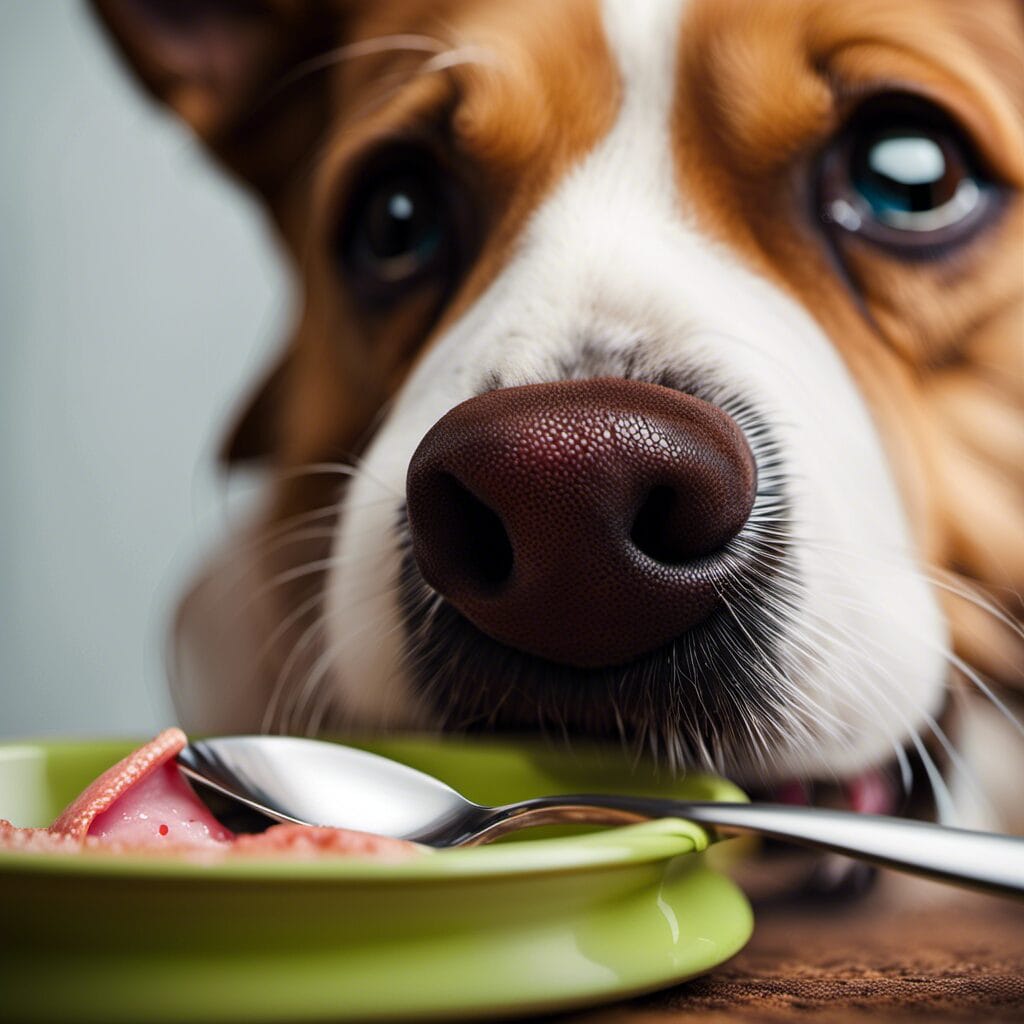Hang on, dog lovers! We’re about to debunk a pervasive myth: are our canine companions’ mouths truly cleaner than our own? It’s a common belief, but the truth is a bit more complicated. Let’s separate fact from fiction as we explore the world of dog and human mouths, examining the bacteria they harbor and the truth about dog saliva’s powers.
Dog Mouths vs. Human Mouths: A Bacterial Showdown
We’ve all heard the saying, “A dog’s mouth is cleaner than a human’s.” But is there any scientific basis for this claim? The answer is a resounding no.
The idea that dogs have super-clean mouths likely comes from the fact that their saliva contains antibacterial agents, acting as a defense mechanism against certain microbes. This explains why dogs instinctively lick their wounds.
However, before you start swapping spit with your furry friend, remember this: a dog’s mouth is teeming with bacteria – billions of them! Just like us, their mouths host diverse microbial communities, some harmless and some potentially harmful. The crucial point is that the types of bacteria in dog mouths are largely different from those found in human mouths.
Colin Harvey, a professor at the University of Pennsylvania School of Veterinary Medicine, aptly states that comparing a dog’s mouth to a human’s mouth is “like comparing apples and oranges.” Both contain a similar number of bacteria species (around 700), just different ones.
Dog Saliva: Not a Magical Elixir
Okay, so we’ve established that Fido’s mouth isn’t a paragon of sterility. But what about dog saliva? Does it possess magical cleansing properties?
While dog saliva does contain some antibacterial and wound-healing properties, it’s not a magic potion that instantly eradicates all germs. The presence of these properties doesn’t translate to a dog’s mouth being inherently cleaner. In fact, dog saliva can harbor harmful bacteria that could cause infection, especially if introduced into an open cut.
For instance, Capnocytophaga canimorsus is a type of bacteria found in the mouths of some dogs. While infection is relatively rare, if this bacteria enters your bloodstream through a bite or a lick on an open wound, it can lead to serious complications.
The Cleanest Part of a Dog Might Surprise You
If their mouths aren’t squeaky clean, what about the rest of a dog? Surprisingly, the cleanest part of your furry friend is likely their fur! This might seem counterintuitive given their penchant for rolling around outside and exploring with their noses. However, dogs have special oils in their fur that act like a natural cleaning system, repelling dirt and grime and keeping their coat remarkably clean.
Regular grooming is still important. Brushing your dog helps to distribute these natural oils, remove any dirt or debris, and maintain a healthy, shiny coat. Think of it this way: those natural oils are like a protective shield against dirt and bacteria, and brushing activates that shield to its full potential!
The Importance of Oral Hygiene: A Shared Responsibility
The takeaway? Maintaining good oral hygiene is crucial for both humans and dogs. Regular brushing (yes, even for your dog!), along with dental checkups at the veterinarian, are essential for healthy teeth and gums and can prevent a host of health problems.
So, the next time you hear someone claim that a dog’s mouth is cleaner than a human’s, you can confidently explain that it’s not about cleanliness, but about the unique bacterial ecosystems we each host. Remember, a healthy mouth is a happy mouth, whether you walk on two legs or four!
Ever wondered are elephants scared of mice? The answer might surprise you. Spiders are often feared, but are jumping spiders venomous? Find out the truth here.
- Unlock Water’s Symbolism: A Cross-Cultural Exploration - April 20, 2025
- Identify Black and White Snakes: Venomous or Harmless? - April 20, 2025
- Unlocking Potential: Origins High School’s NYC Story - April 20, 2025















